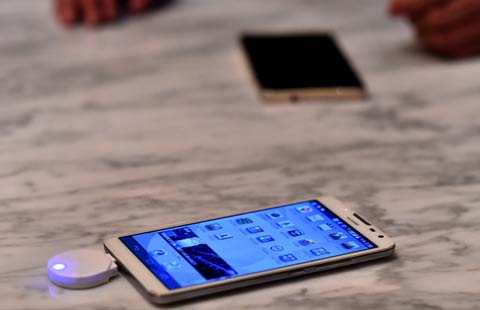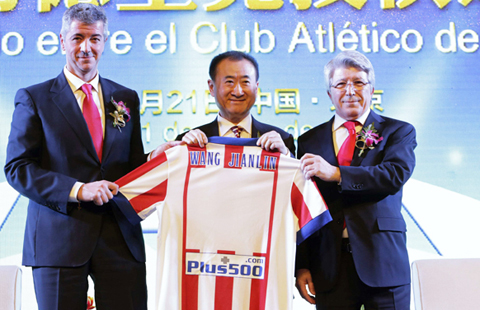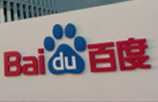Entering era of smarter homes
By GAO YUAN (China Daily) Updated: 2015-01-28 10:14Chinese smartphone makers set for battle royal after defeating most of the international giants
The slowing growth in handset sales is unlikely to diminish overall buoyancy in the market this year, as local players, big and small, square up for what could be a battle royal, after effectively defeating the previously dominant overseas giants on the home front.
Under siege for more than a year now, embattled Samsung Electronics Co Ltd, especially, is set to lose its market lead to at least two Chinese brands, Xiaomi Corp and Lenovo Group Ltd.
Analysts said that local manufacturers now account for more than 70 percent of Chinese sales, leaving diminished market shares for Apple Inc and Samsung in the high-end sector.
"The top three makers are responsible for only 40 percent of market share, leaving a significant chunk of the market open to the rest," said Tian Zheng, business solutions group vice-president at Analysys International, a research firm.
"There are opportunities everywhere for local manufacturers."
Although the growth rate of smartphone sales-which have been racing ahead at a huge double-digit rate for years-is now stalling significantly, China still remains a hot market for local vendors.
And the major players, said Gene Cao, senior analyst at industry consultancy Forrester Research Inc, are set to focus squarely on building ecosystems around what many expect to be the next billion dollar market in China: the smart-home sector.
A strong presence in the handset market will accelerate a company's ability to compete in the "smart-home era", he said.
Some of the next generation are already repositioning themselves for the fight ahead.
Web security company Qihoo 360 Technology Co Ltd, for instance, has partnered up with budget phonemaker Yulong Computer Telecommunication Scientific (Shenzhen) Co Ltd to create a larger entity capable of launching a serious challenge.
Leshi Internet Information & Technology (Beijing) Co, an online video company, is also eying the market by developing a smartphone operating system that can, among other things, control TV sets from afar.
This intensifying competition among smaller companies has been forcing many niche players to come up with features, such as high-definition camera and extra-long battery life, which can help them target specific buyers instead of relying just on low prices.
The growing interest in newer operators was clearly illustrated last month at a leading tech forum, the "GeekPark", popular with startup entrepreneurs, when Luo Yonghao, the founder of a two-year-old smartphone brand Smartisan Digital Co Ltd, was asked to deliver the closing speech-an honor previously reserved for figures such as Tesla Motors CEO Elon Musk and Google Inc chairman Eric Schmidt.
Smartisan has only delivered one generation of smartphone so far, and its shipments are tiny compared to Xiaomi or Lenovo-but the company's heavily modified Android system is already gaining a huge following, by featuring, for instance, quicker photo functions and button positions more comfortable for left-handed users. Smartisan is already poised to lease its OS using rights to other makers.
China, meanwhile, remains the world's largest maker of smartphones and that is unlikely ever to be challenged.
More than 453 million made-in-China mobile devices were sold in 2014, accounting for almost 40 percent of global shipments, according to TrendForce Corp, an electronics supply chain researcher.
Last year Lenovo completed the $2.9 billion acquisition of Motorola Mobility from Google Inc which boosted its total shipments to more than 90 million units, a doubling in size, TrendForce said.
China is now home to six of the world's top 10 smartphone brands in terms of sales.
- Apple takes top spot in Chinese smartphone market
- Shanxi halts colliery approval to tackle overcapacity
- Xinjiang economy expands 10 percent
- Apple iPhone sales trample expectations
- East China province follows national trend and cuts GDP target
- High-end train launched to connect Yinchuan and Beijing
- Private brands ready for takeoff in China
- US apples to tickle Chinese taste buds
















